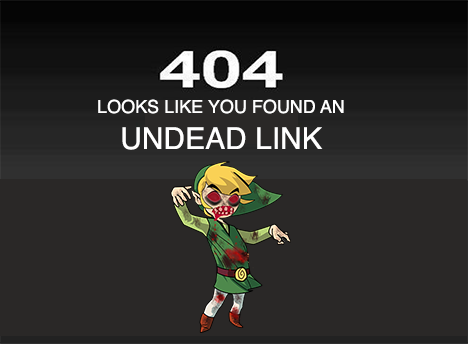What good is a dead link?
Maybe a dead link is no good at all. After all, the functionality of links lies at the very core of the internet’s navigability. A live link is a path to content; it is a means for users to access the content of a target page to which the jump command is “linked.” These navigable links are more or less solely responsible for the rapid growth of the World Wide Web.
By contrast, a dead link points to resources that have become unavailable. For many internet users, dead links present an immediate consequence in that they represent an inability to access the content the user desires to see. Additionally, dead links point to some more remote consequences of digitization, like the perceived ephemerality of web content. For the MLA, dead links seem to undercut the archival theories and practices that are central to scholarship. In anticipation (and perhaps fear) of link rot trends, for example, the MLA’s most recent handbook edition no longer recommends the inclusion of URLs for Web publications as part of the works cited list. We might say, then, that for some, dead links predict the eventual futures of information housed on the web—inaccessible content.
When seen in a different light, however, perhaps dead links foreground a more generative feature of “born digital” content. Although a dead link barely resembles its formerly living counterpart, it is not altogether dead. A dead link doesn’t permit a user to access the content it represents, but it doesn’t undermine the rhetoric of the link in its entirety. On the contrary, a dead link is evidence that the content of a resource was accessible at one time. In other words, just like zombies confirm the past existence of human life without necessarily preserving all of the behaviors of humanity, dead links are archival objects that confirm the past existence of resources without preserving their content.
Now, an archive full of nothing but dead links might sound crazy to some, but I’d argue that dead links have the potential to change how we understand the objects of archives and what archives can do. Specifically, perceiving of dead links as archival objects takes the focus off of the inaccessibility of a resource’s content, highlighting the link itself as an integral part of the formal structure of the Internet. In turn, the practice of curating dead links just might foreground the specific ways in which patterns of information circulate (or don’t circulate) the Web. Simply, perhaps the activity of archiving dead links might give rise to new ways of understanding the rhetoric of the Internet.
In the meantime, maybe we should start calling them undead links.






